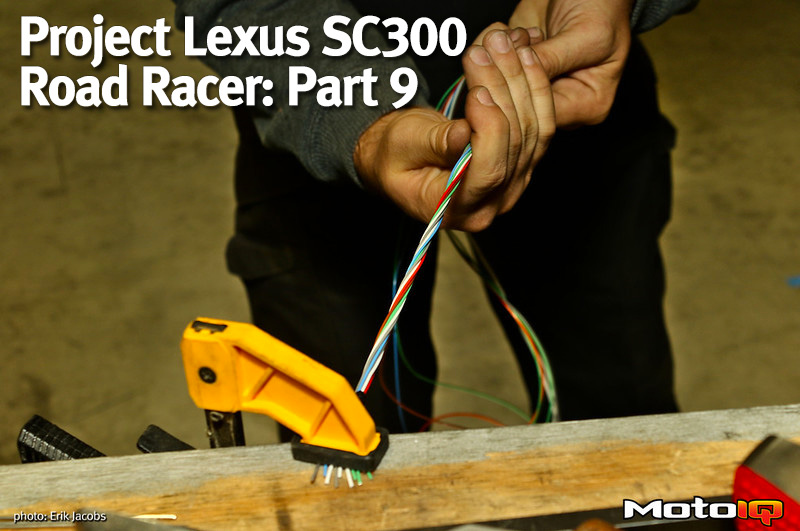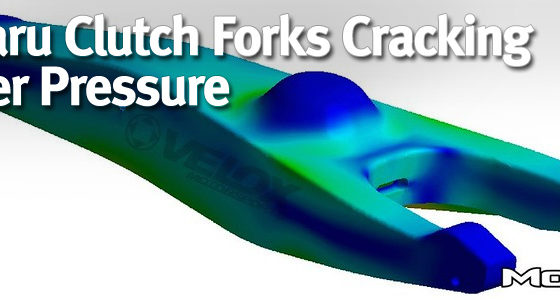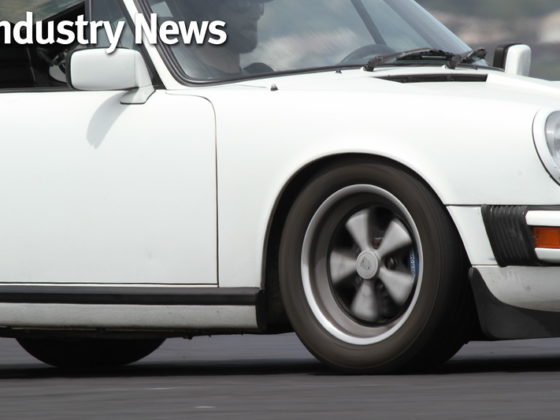,
 Checking to make sure everything reaches where it’s supposed to go.
Checking to make sure everything reaches where it’s supposed to go.By running the wires along their intended routes and taping them into place, we ensured that the cut lengths were correct and also made sure that our plans for routing and splitting bundles were more or less accurate.
Once it was determined that the plan seemed like it would work, the hard part started.
 Getting everything prepped for twisting.
Getting everything prepped for twisting.Good aerospace / motorsport wiring, in contrast to standard automotive wiring, involves something called concentric twisting. Concentric twisting involves wrapping layers of wire around a core of wires in alternating directions (called lays). It serves a few purposes, but one of the primary ones is to keep the end product flexible once it is all wrapped up with heat shrink tubing. It also helps to ensure that all wires are evenly stressed when the harness is laid up / bent during installation.
 Tom is using a clamp to secure one end of the wire bundle while he then carefully twists the wires in the proper order.
Tom is using a clamp to secure one end of the wire bundle while he then carefully twists the wires in the proper order.Once you have all your wires ready for twisting, it’s important to know how you will be twisting them. Google Books has a page captured from an old electrical handbook that shows a chart of the number of wires per layer needed to get essentially a perfectly circular bundle of wire.
Is getting a perfectly circular bundle of wire important? It kind of depends on your situation. We are not pulling wire bundles through conduit so snags and other obstructions are not necessarily a problem for us. It sure looks pretty to have a nice tubular bundle though, as opposed to the slightly lumpy bundle you end up with if you have “missing” wires. As stated before, proper layering and bundling ensures flexibility and even stresses in the harness, but our harness isn’t being bent very much.
It is common to use filler wire in order to get the right number of layers. This filler wire is not connected to anything at either end. It’s just extra wire to make the concentric twist “right”. Did we do it? Sometimes. Will it matter in the end? Probably not for our application. This isn’t a Formula 1 car.
There are potentially also considerations when dealing with higher-frequency analog and digital signals running inside of a harness, as opposed to just the power wire we have running for most of our harness. Knowing what signals are in a harness can be an important factor in deciding where to put them in the twist. Without going into too much detail, using shielded pre-twisted cable inside of bundles can be important, and we do that in some cases in other harnesses.
 Get your Boy Scouts skills refreshed…
Get your Boy Scouts skills refreshed…Once you have your concentric twisting and layers all done up, it’s time to lace it up. MilSpecWiring sells fireproof Nomex lacing thread, and one spool will be more than enough for your entire project. Lacing the harness ensures that the twists don’t come apart during shrinking and other assembly. Knotting the lace this way is the “hard” / aerospace (naval) way to do it. Generally, though, you can just wrap the lacing cord in the opposite direction of the lay of the wire. The guides for twisting say to have a left-hand lay on the outer layer of wire, which means a right hand lay on the lacing cord. You start with a good square knot, lace the bundle, and end with a good square knot.
Now that this section of harness is twisted and laced, it’s time for heat shrink.



